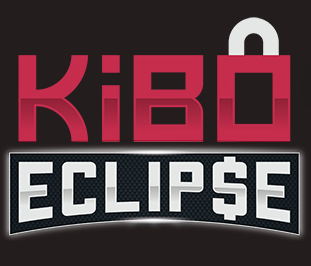Development of an E-commerce Site
- omwl-ecommerceworl
- Oct 20, 2020
- 2 min read
Offering articles online takes a different setup from your ordinary blogging website. As you set up an e-commerce site and get help describing why it costs more to develop, let's look at the things you'll need to believe.
Let me inform you of what we are not going to cover in this post.
We do not assume that an eCommerce site is a single website with some PayPal button codes placed on it.

The PayPal buttons are great and work well for those who offer a handful of products; however, we are taking e-commerce to the next level and offering consumers a much better online shopping experience.
Most new e-commerce sites are apps. They have an interface, administration settings, store information in a database, and follow a procedural workflow. We are going to discuss some of these locations.
The Basics of eCommerce Site
An e-commerce site can be considered a diversion with stars performing their scenes.
The main stars on an eCommerce site are:
The Customer - buy items
The website owner: submit the purchased items and earn money
The e-commerce application: user interface among all-stars
The payment gateway: manages payment agreements (more on this later).
Business / Business Bank Account - Website owner's organization savings account (more on this later).
The primary purchasing procedure of an e-commerce site ("the game") is carried out as follows:
Consumer Search Articles Brochure.
The Customer includes the item in the basket.
The Customer purchases the object and enters the payment procedure.
The e-commerce application contacts a payment gateway.
Payment Gateway provides a consumer protected payment and shipping information input type.
The consumer safely enters the shipping and payment details.
Payment Gateway communicates with the merchant bank account of the website owners.
The merchant's bank account processes the payment deal, and returns are handled by Payment Gateway.
Payment Gateway returns Customer to the eCommerce Application.
The e-commerce application informs the Customer of the significant payment (or that it stopped working).
The e-commerce application informs the website owner about the purchase.
The site owner sends the article to the Customer.
Naturally, there is much more information in each action; however, ideally, you get the basic concept that setting up an eCommerce application is a bit more complicated than your routine blog style site.



Comments